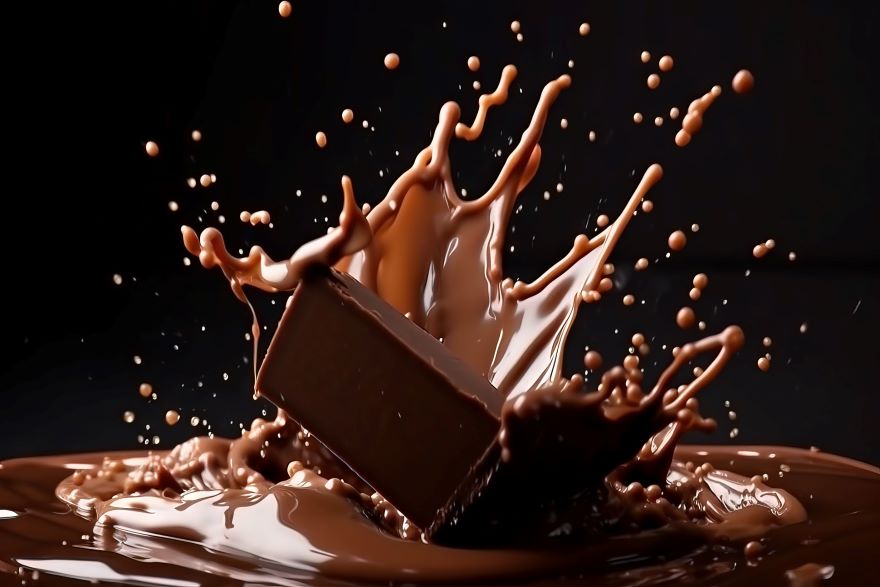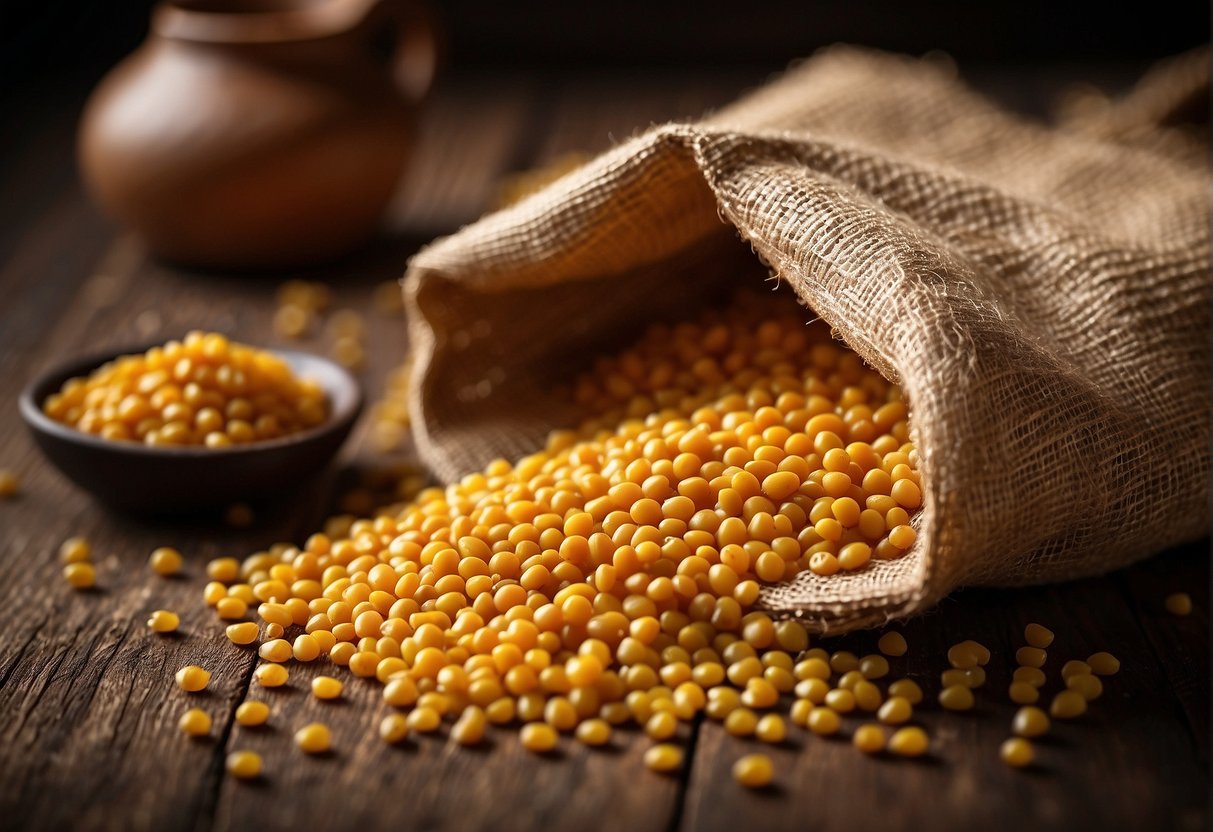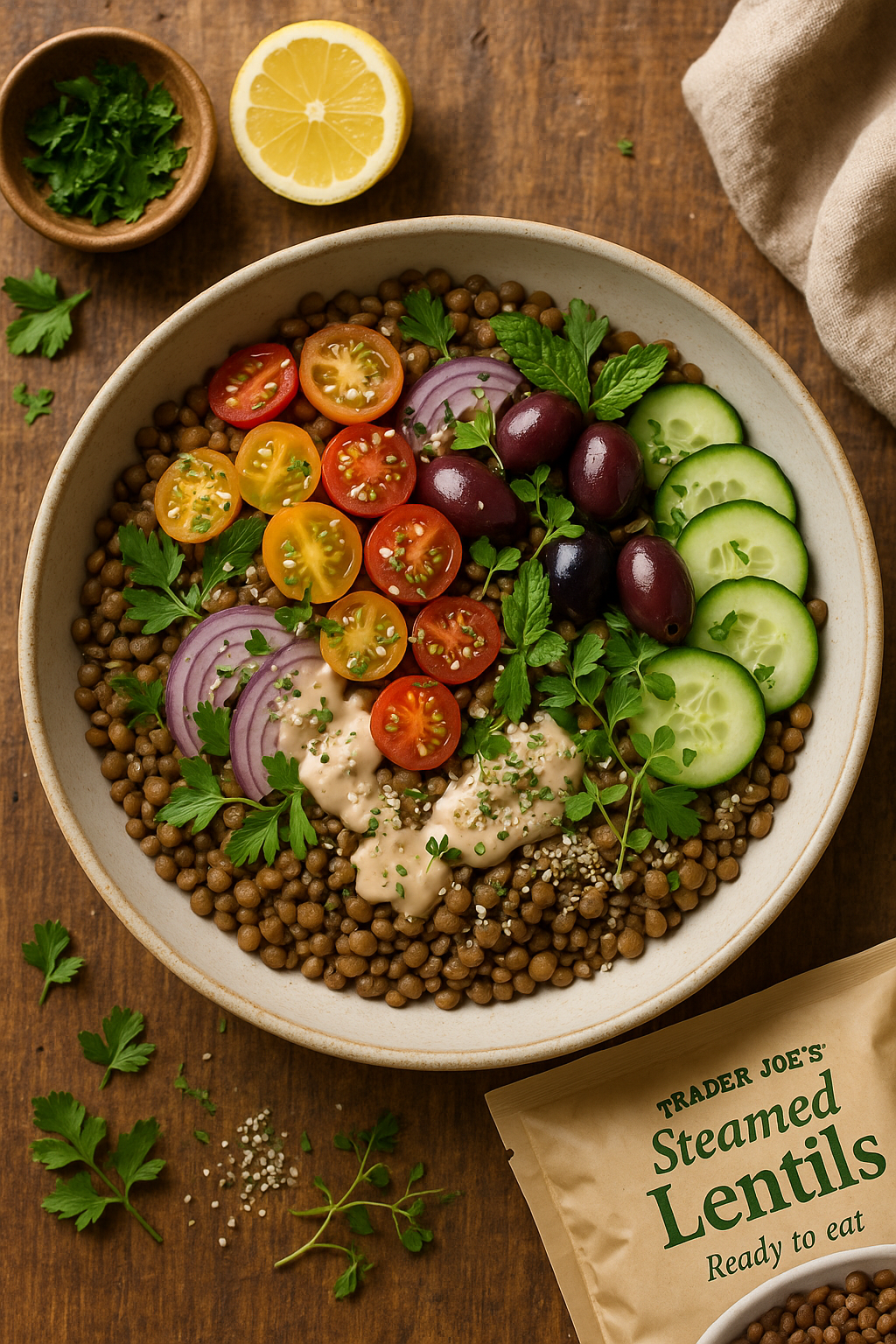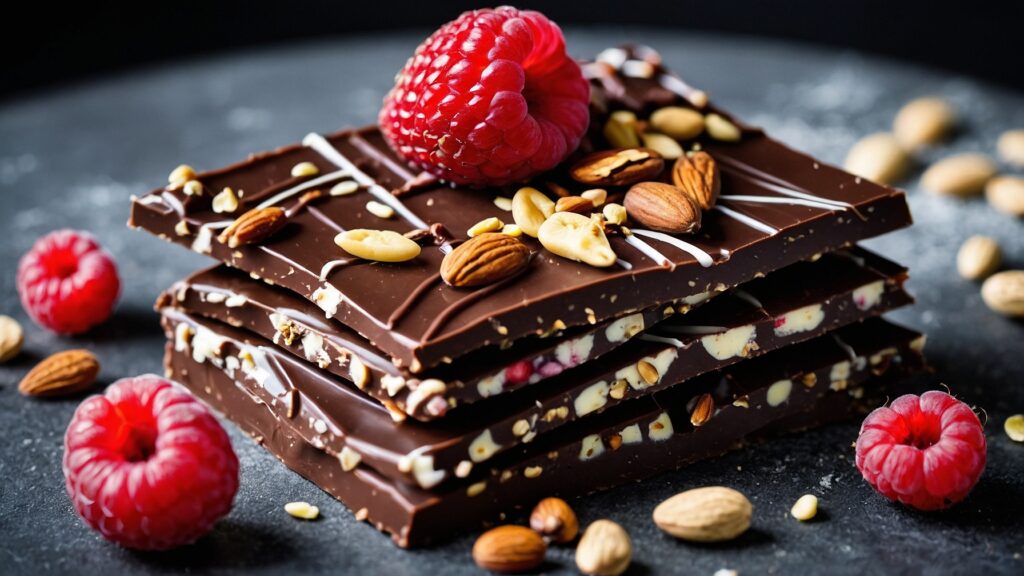
I never thought I’d be the person preaching about dairy-free chocolate, but here I am, completely transformed. Let me take you on a journey that started with a disastrous chocolate craving and ended with a life-changing discovery.
The Chocolate Disaster That Changed Everything
Picture this: It’s a cold, rainy night. I’m curled up on the couch, wrapped in my favorite blanket, watching a movie. Suddenly, an intense chocolate craving hits me like a tidal wave. I rush to the kitchen, grab a bar of my favorite milk chocolate, and take a big, satisfying bite.
But instead of the blissful moment I was expecting, my body revolts. Within minutes, I’m doubled over with stomach cramps, feeling nauseous and miserable. As I lay there, feeling sorry for myself, a realization hits me harder than the stomach-ache – I might be lactose intolerant.
The next day, a trip to the doctor confirms my suspicions. No more dairy for me, which meant saying goodbye to my beloved chocolate. Or so I thought.
Reflection Question: Have you ever had a moment where your body rebelled against a favorite food? How did it make you feel?
The Rocky Road to Dairy-Free Delights
Determined not to let my diagnosis rob me of one of life’s greatest pleasures, I set out on a mission to find dairy-free chocolate that didn’t taste like cardboard. Let me tell you, it was not an easy journey.
My first attempts at buying dairy-free chocolate were disappointing, to say the least. The texture was off, the flavor was bland, and don’t even get me started on the aftertaste. I began to wonder if I was doomed to a life without chocolate.
But then, something amazing happened. I stumbled upon a recipe for homemade dairy-free chocolate. Skeptical but desperate, I decided to give it a shot. And oh boy, was I in for a surprise!
Recipe #1: The Basic Dairy-Free Dark Chocolate That Started It All
This simple recipe became my gateway into the world of dairy-free chocolate:
Ingredients:
- 1 cup raw cacao powder
- 1 cup raw cacao butter
- 1/2 cup maple syrup
- 1 tsp vanilla extract
- Pinch of sea salt
Instructions:
- Melt the cacao butter using a double boiler.
- Whisk in the cacao powder, maple syrup, vanilla, and salt until smooth.
- Pour into molds and refrigerate until set.
The first time I tasted this homemade chocolate, I was blown away. It was rich, smooth, and intensely chocolatey. The natural sweetness of the maple syrup balanced perfectly with the bitterness of the cacao. For the first time since my diagnosis, I felt hope. Maybe, just maybe, I could still enjoy chocolate after all.
This recipe solved a major problem for me – finding a dairy-free chocolate that actually tasted good. However, I still faced challenges. The texture wasn’t quite as creamy as I remembered milk chocolate being, and I missed the variety of flavors I used to enjoy.
Despite these hurdles, this recipe became a regular part of my routine. It made me feel empowered, knowing I could create something delicious that aligned with my dietary needs. Emotionally, it was huge. I no longer felt deprived or left out. I could enjoy a treat that was not only satisfying but also nourishing for my body.
Small Win Celebration: I did a little happy dance in my kitchen the first time I successfully made this recipe. It might have looked silly, but it felt amazing!
Recipe #2: The Creamy Cashew Chocolate Bar
As I continued experimenting, I stumbled upon my next breakthrough – cashew butter. This led to my second game-changing recipe:
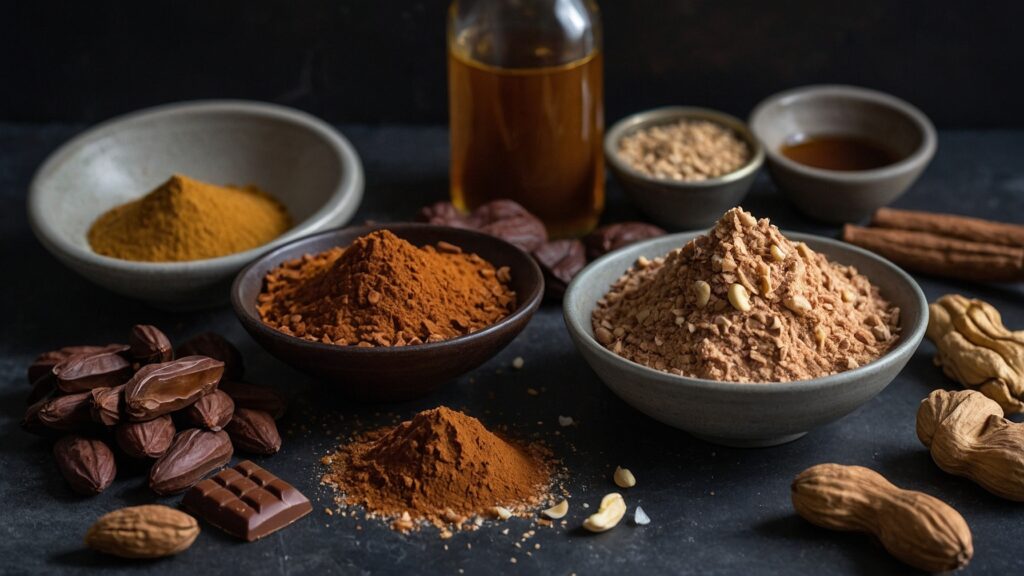
Ingredients:
- 1 cup raw cacao butter
- 1 cup raw cacao powder
- 1/2 cup cashew butter
- 1/4 cup maple syrup
- 1 tsp vanilla extract
- Pinch of sea salt
Instructions:
- Melt the cacao butter in a double boiler.
- Whisk in the cacao powder, cashew butter, maple syrup, vanilla, and salt until smooth.
- Pour into molds and refrigerate until set.
For silky-smooth dairy-free chocolate, a high-powered blender is a game-changer. I swear by my Vitamix for creating the creamiest cashew butter and perfectly emulsified chocolate mixtures.
- Variable Speed Control: Easily adjust speed to achieve a variety of textures. The dial can be rotated at any point during the blend, so you’re in complete control
- Large Batches: The size and shape of the self-cleaning 64-ounce container is ideal for blending medium to large batches. Design Feature : Radial cooling fan and thermal protection system
- Hot Soup: The blades in the Vitamix container reach speeds fast enough to create friction heat, bringing cold ingredients to steaming hot in about six minutes
- Hardened Stainless-Steel Blades: Our aircraft-grade stainless steel blades are designed to handle the toughest ingredients, so from the first blend to the last, you get the same quality results
- Self-Cleaning: With a drop of dish soap and warm water, your Vitamix machine can clean itself in 30 to 60 seconds
This cashew chocolate version was a revelation. The cashew butter added a creaminess that I had been missing, bringing the texture closer to that of milk chocolate. The subtle nuttiness complemented the rich cacao beautifully, creating a complex flavor profile that I couldn’t get enough of.
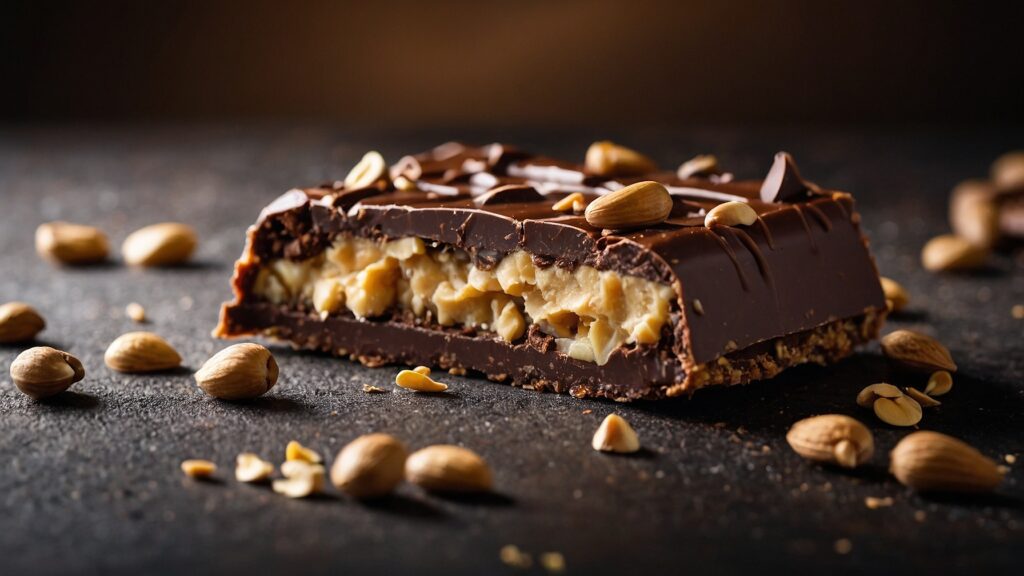
This recipe marked a significant milestone in my journey. For the first time, I felt like I had created something that could truly rival traditional milk chocolate. The cashew butter solved the problem of achieving a creamy texture without dairy, while also adding nutritional benefits like healthy fats and protein.
Emotionally, this was a turning point. I realized that my dairy-free diet wasn’t about restriction – it was an opportunity to explore new flavors and ingredients. My confidence in the kitchen soared, and I became excited to continue exploring the world of dairy-free treats.
Analogy: Creating this recipe felt like solving a complex puzzle. Each ingredient was a piece, and when they all fit together perfectly, the result was a beautiful, delicious picture.
Recipe #3: The Antioxidant-Packed Berry Chocolate Bark
As I became more comfortable with dairy-free chocolate making, I started to focus on incorporating other healthy ingredients. This led to my third breakthrough recipe:
Ingredients:
- 1 cup raw cacao butter
- 1 cup raw cacao powder
- 1/3 cup maple syrup
- 1 tsp vanilla extract
- Pinch of sea salt
- 1/2 cup mixed berries (goji berries, dried blueberries, dried strawberries)
- 1/4 cup pumpkin seeds
Instructions:
- Melt the cacao butter in a double boiler.
- Whisk in the cacao powder, maple syrup, vanilla, and salt until smooth.
- Pour onto a parchment-lined baking sheet.
- Sprinkle the berries and pumpkin seeds over the chocolate.
- Refrigerate until set, then break into pieces.
Tempering chocolate can be tricky, but a precise oven makes all the difference. This smart oven has been my secret weapon for perfectly tempered dairy-free chocolate every time.
- The Breville Smart Oven Air Fryer Pro with Element iQ System is a versatile countertop oven allowing you to roast, air fry and dehydrate; Super convection reduces cooking time by up to 30%; Choose from 13 cooking functions; Includes interior oven light
- ELEMENT iQ SYSTEM: With 5 independent quartz elements, smart algorithms steer oven's power where and when it's needed to create a tailored cooking environment; Sensing and digital PID temperature control eliminate cold spots for precise cooking
- AIR FRY AND DEHYDRATE SETTINGS: Air fry family favorites like French fries; Higher temperatures combine with super convection (maximized air flow) for crispy golden, air-fried foods; Oven also dehydrates up to 4 trays at once of a wide range of foods
- SUPER CONVECTION TECHNOLOGY: Electric air fryer's 2 speed convection fan (super & regular) offers more cooking control; Super convection provides greater volume of hot air to ensure fast and even heat distribution for air frying, dehydration and roasting
- 13 COOKING FUNCTIONS: Versatile countertop oven and air fryer with 13 functions for your kitchen; Toast, Bagel, Broil, Bake, Roast, Warm, Pizza, Proof, Air Fry, Reheat, Cookies, Slow Cook, and Dehydrate; Like having a toaster, pizza oven and more in one
This antioxidant-packed chocolate bark was a game-changer. Not only was it delicious, but it also made me feel great about what I was putting into my body. The tartness of the berries contrasted beautifully with the rich chocolate, while the pumpkin seeds added a satisfying crunch.
This recipe solved the challenge of variety that I had been facing. I could now customize my chocolate with different fruits and nuts, creating endless flavor combinations. It also addressed my desire to make my treats more nutritious, incorporating superfoods like goji berries and pumpkin seeds.
Making this bark became a form of self-care. Each time I made it, I felt like I was nourishing both my body and soul. It boosted my mood and energy levels, and I loved sharing it with friends and family, showing them how delicious and wholesome dairy-free treats could be.
Cultural Diversity Note: This recipe is incredibly versatile. You can adapt it to include fruits and nuts native to different cuisines. Try using dried mango and coconut for a tropical twist, or dried cherries and pistachios for a Middle Eastern flair.
The Ripple Effect: How Dairy-Free Chocolate Changed My Life
My journey with dairy-free chocolate didn’t just change my dessert options – it transformed my entire approach to food and health. Here are some unexpected ways this adventure impacted my life:
- Improved Cooking Skills: The challenge of recreating my favorite treats forced me to learn new techniques and experiment with ingredients I’d never used before. This newfound confidence in the kitchen spilled over into other areas of cooking.
- Better Understanding of Nutrition: Researching dairy-free alternatives led me down a path of nutritional discovery. I learned about the benefits of raw cacao, the importance of healthy fats, and how to balance flavors naturally.
- Increased Energy: As I replaced processed, dairy-filled chocolates with my homemade, nutrient-rich versions, I noticed a significant boost in my energy levels. No more sugar crashes!
- Weight Management: The focus on whole, nutrient-dense ingredients helped me maintain a healthy weight without feeling deprived.
- Clearer Skin: Eliminating dairy and focusing on antioxidant-rich foods like raw cacao and berries did wonders for my complexion.
- New Social Connections: Sharing my dairy-free creations online connected me with a community of people on similar health journeys. These connections provided support, inspiration, and friendship.
- Mindful Eating: Creating my own chocolate made me more aware of what I was putting into my body. This mindfulness extended to other areas of my diet, leading to overall healthier choices.
Nutrient Comparison Chart
Homemade Dairy-Free Chocolate vs. Traditional Milk Chocolate
Nutrient (per 1 oz serving) Homemade Dairy-Free Chocolate Traditional Milk Chocolate Calories ~150 kcal ~150 kcal Total Fat 12g (from coconut oil, nuts) 9g (includes dairy fats) Saturated Fat 10g (primarily from coconut oil) 5.5g Trans Fat 0g 0g Cholesterol 0mg 10mg Sodium 0mg 20mg Total Carbohydrates 10g 17g Dietary Fiber 4g 1g Sugars 6g (natural sweeteners) 16g (refined sugars) Protein 2g 2g Vitamin D 0% DV 2% DV Calcium 2% DV 8% DV Iron 6% DV 2% DV Potassium 4% DV 4% DV Antioxidant Content High Moderate Dairy-Free Yes No DV = Daily Value
Reflection Challenge: Take a moment to think about a dietary change you’ve made. How did it affect other areas of your life? Write down three positive ripple effects you’ve experienced.
Overcoming Challenges: Tips for Your Own Dairy-Free Journey
If you’re considering going dairy-free, or if you’re struggling with the transition, here are some tips based on my experience:
Start with familiar flavors: Begin by adapting recipes you already know and love. This makes the transition feel less drastic.
Experiment with different alternatives: Not all dairy-free options are created equal. If you don’t like one, try another. It took me several attempts to find the right combination for my chocolate.
Focus on what you can eat, not what you can’t: Instead of dwelling on the foods you’re eliminating, get excited about new ingredients and recipes you’ll be trying.
Be patient with yourself: Changing your diet is a process. It’s okay if you don’t get it perfect right away. Each attempt is a learning experience.
Invest in good quality ingredients: When you’re using fewer ingredients, the quality of each one becomes more important. Splurge on high-quality cacao and natural sweeteners to elevate your dairy-free treats.
When making multiple batches of dairy-free chocolate, proper cooling is crucial. This 3-tier cooling rack has been a lifesaver, allowing me to efficiently cool and set various chocolate creations at once.
- Versatile And Durable: The 3-tier cooling rack is a must-have for any baking enthusiast. Its sturdy steel construction ensures durability, while its versatile design allows for effortless cooling of cookies, cakes, bread.
- Easy-To-Clean Nonstick Surface: The nonstick coating on this baking rack makes cleanup easy. Simply wipe away crumbs and residue, and it's ready for your next baking adventure.
- Optimal Air Circulation: Experience superior baking results with our cookie cooling racks. Its grid pattern promotes proper air circulation for even cooling and prevents sogginess.
- Multipurpose Bakers' Essential: This cooling rack for baking is a versatile tool in any kitchen. Use it not only for cooling your freshly baked treats but also for roasting vegetables or dehydrating fruits.
- Space-Saving Design: Maximize your counter space with this compact wire cooling rack. Easy to store thanks to its possibility to get assembled.
Don’t be afraid to ask for help: Whether it’s at restaurants or family gatherings, most people are willing to accommodate dietary needs if you communicate clearly and politely.
Celebrate your successes: Did you successfully recreate a favorite recipe? Did you go a whole week dairy-free? Celebrate these milestones!
Addressing Skepticism: Some people might question whether dairy-free chocolate can really be as satisfying as the “real thing.” I was skeptical too! But I’ve found that high-quality, homemade dairy-free chocolate can be even more delicious and satisfying than mass-produced milk chocolate. Plus, it’s often more nutritious!
A Sweet New Beginning
Looking back on my dairy-free chocolate journey, I’m amazed at how far I’ve come. What started as a health necessity became a passion that has enriched my life in countless ways. I’ve discovered flavors I never knew existed, developed a deeper appreciation for food, and found a supportive community of like-minded individuals.
To those of you standing at the beginning of your own dairy-free journey, I want to say this: embrace the challenge. Yes, there will be moments of frustration and maybe even a few recipe disasters. But there will also be moments of discovery, triumph, and pure chocolate bliss.
Remember, going dairy-free doesn’t mean saying goodbye to your favorite treats. It means opening the door to a whole new world of flavors and possibilities. Who knows? You might even find yourself becoming a dairy-free chocolate enthusiast, preaching the gospel of cacao butter and cashew cream.
Sustainability Note: Choosing dairy-free options can often have a positive environmental impact. Cacao farming, when done responsibly, can be more sustainable than dairy farming. Look for fair-trade and organic cacao products to support environmentally friendly practices.
Your Turn: Start Your Own Dairy-Free Chocolate Adventure
Are you ready to start your own dairy-free chocolate journey? Here’s a small challenge to get you started:
- Try making the basic dairy-free dark chocolate recipe from this article.
- Share your creation on social media with the hashtag #DairyFreeChocolateJourney.
- Join an online community (like a Facebook group or subreddit) focused on dairy-free living or vegan treats.
Remember, every small step counts. Your journey might look different from mine, and that’s okay. The important thing is to listen to your body, have fun experimenting, and celebrate your progress along the way.
I’d love to hear about your experiences! Feel free to reach out and share your dairy-free chocolate adventures. Who knows? Your story might inspire someone else to give it a try.
Here’s to new beginnings, healthier choices, and plenty of dairy-free chocolate!

*We may earn a commission for purchases made using our links. Please see our disclosure to learn more.

